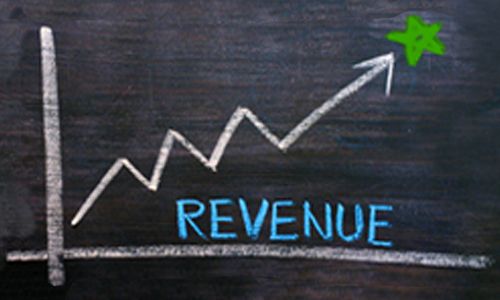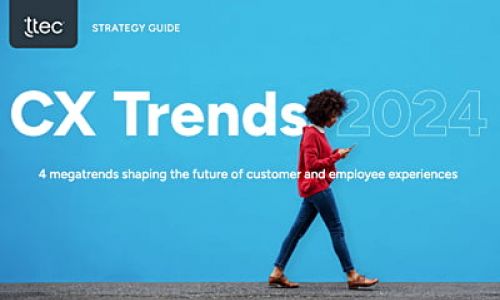This is the first blog article in a two-part series.
As the world increases its digital footprint, an increasing amount of attention has been turned to Big Data. With the promise of regulating the ocean temperature to improving every aspect of America’s healthcare, Big Data is becoming the panacea for everything from the arts to the sciences.
Big Data’s gilded promises are spurring enterprise investments globally. In fact, according to Gartner, Big Data is expected to drive $32 billion in IT spending this year, and a staggering $232 billion through 2016. In addition, the International Data Corporation (IDC) last year predicted that the Big Data technology and services market is expected to grow from $3.2 billion in 2010 to $16.9 billion in 2015.
As interest in Big Data increases, so do marketers’ challenges. From having the capabilities to apply sophisticated quantitative analysis to their Big Data efforts to centralizing their analyses, many marketers are faced with unfamiliar mandates. To help get marketers on track, I offer 10 Big Data trends and challenges, as well as their accompanying directives or solutions.
1. Everything is Digital--Data is Everywhere
Most everything today has a digital footprint. From retail stores that rely on self-service and mobile to individual consumers glued to their smartphones and tablets, everyone and everything relies on data. Some retailers have even started to utilize technology that analyzes traffic patterns in stores in order to glean an array of findings; from ascertaining the most popular times that customers enter the stores to the actual paths they take while there.
Big Data Directive: Marketers must be ready to respond to this digital data surge in retail by having the capabilities in place to engage with customers at in-store kiosks, point-of-sale systems, and through SMS prior to purchase.
2. Companies Get their Data Boogie On
With this treasure trove of data, companies can conduct mass customization and offer tailored experiences to customers to help simplify their lives.
FitBit, for example, is compiling massive amounts of data for customers who wear the company’s digital devices to track their personal data like physical activity and amount of sleep. And Waze, a traffic and navigation app, encourages drivers to report driving conditions and traffic by inciting them to compete via leader boards.
Big Data Directive: It’s incumbent on marketers to take the lead in their organizations to determine how to generate, understand, and leverage customers’ personal digital data.
3. Big Data Meets Customer Experience
Big Data’s treasure trove of insights helps companies provide tailored and memorable customer experiences, putting Big Data at the center of customer experience design.
Consumers are benefiting from companies’ analytical investments now that they are starting to leverage this data to give consumers products and services at lower prices, create better alignment, and spur efficiencies by using Big Data to drive waste out of systems.
Big Data Directive: Big Data provides a wealth of information for marketers to create stronger, more dynamic and individualized customer experiences. But, the volume of information collected by companies across all channels can be an impediment in getting started. Marketers must deploy the systems and processes to leverage all data in real time to deliver personalized experiences and, ultimately, drive revenue.
4. Data Gives way to Nimble, Real-Time Decision-Making
Big Data is a catalyst for busting up silos. Before, data was trapped in different departments and technologies across an organization, and conducting analysis on the insights to drive action was time-consuming and lengthy. Big Data alleviates the wait time by relying on data mining applications to pull the insights out of all the silos and allow companies to identify attributes to make faster decisions and drive real-time decision-making. Now some of the online commerce companies have tied Big Data to their purchase funnels. If they see customers are online and looking at a specific product, they can serve up the ad on the site and adjust the price in real time.
Big Data Directive: Break down data silos by connecting and streamlining these efforts into a centralized data mart. By doing this, marketers can tie data attributes to the consumer’s behavior and through that process, dynamically change offers and creative on the fly for better results, and to reach customers when and where it matters most.
5. Big Bucks through Small Bucks
Big Data, which used to be an expensive proposition, is becoming affordable due to the mass adoption of the cloud. Now that we’ve gone to cloud-based computing, the cost of aggregating and mining data has really declined over the past few years. Cloud-based data companies have started to grow at a rapid pace, and they’re bringing in revenue through Big Data by creating an affordable value proposition.
Big Data Directive: Virtualization can be an enabler for business agility by creating new services on a cost-efficient cloud infrastructure. Marketers mustn’t ignore these opportunities.
Are You Ahead of the Top Big Data Trends?







